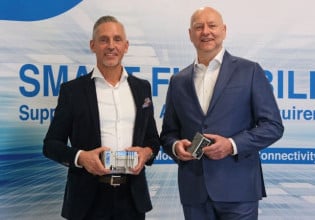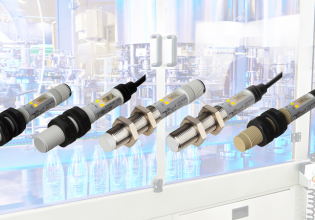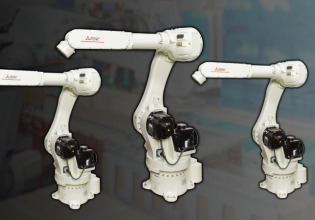Dear experts of GE frame 9e,
Your immediate assistance is humbly needed to solve an issue.
After modifying our GE 9E gas turbine from natural gas to diesel oil with the installation of a dual fuel nozzle, the natural gas line was purged, and the liquid fuel line was flushed. However, during start-up, it was noticed that liquid fuel was coming out of the false start drain. What could be the cause?
Your immediate assistance is humbly needed to solve an issue.
After modifying our GE 9E gas turbine from natural gas to diesel oil with the installation of a dual fuel nozzle, the natural gas line was purged, and the liquid fuel line was flushed. However, during start-up, it was noticed that liquid fuel was coming out of the false start drain. What could be the cause?





